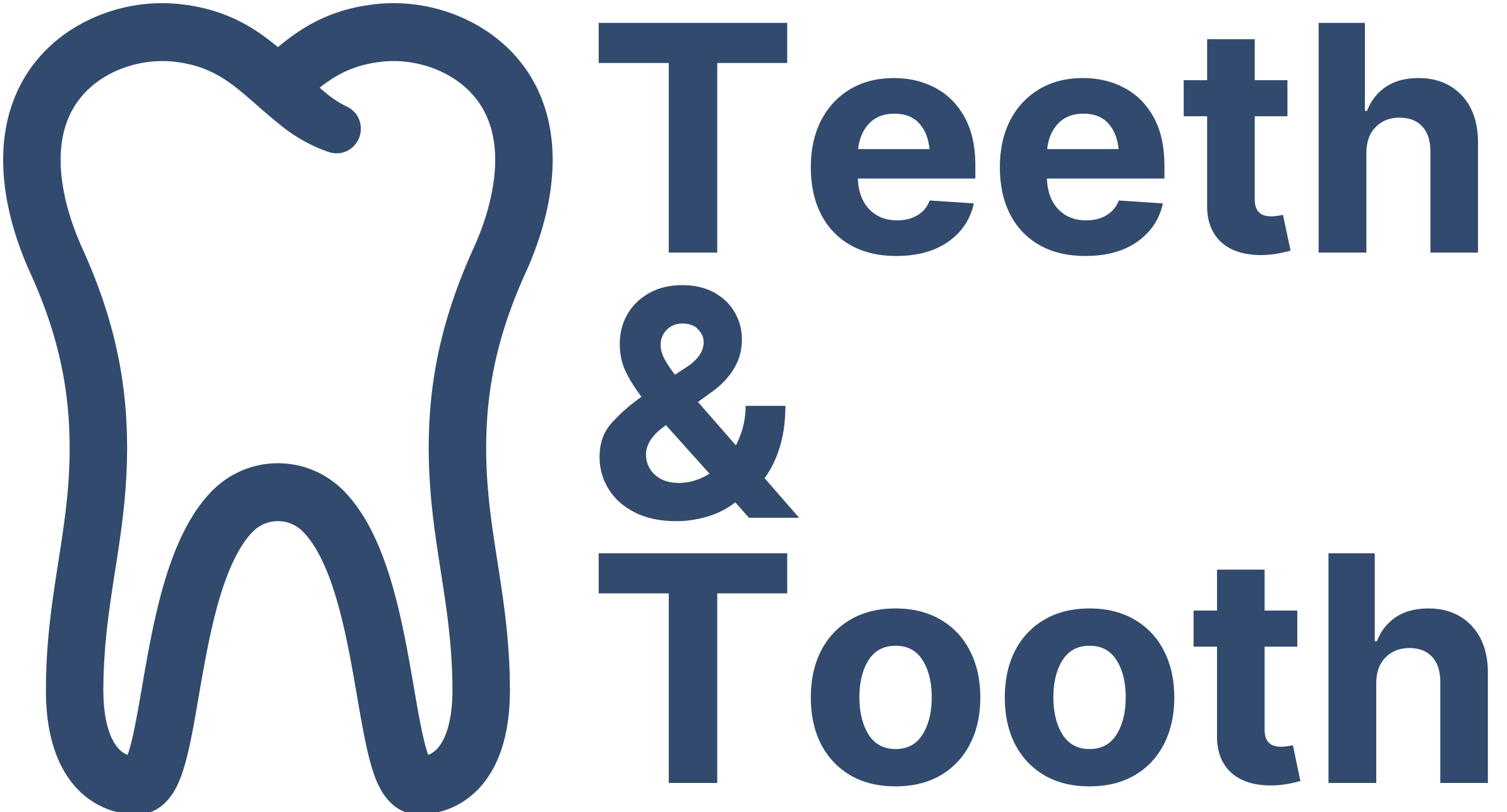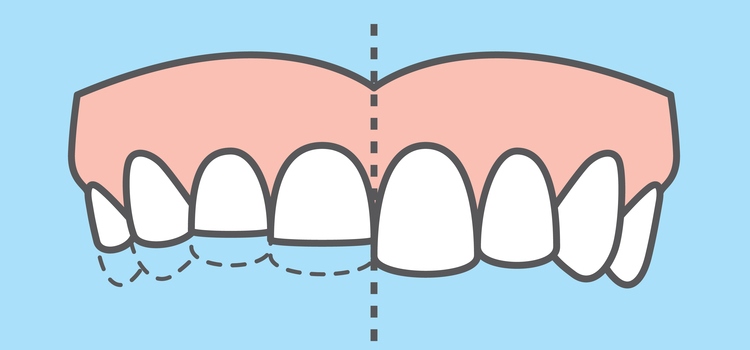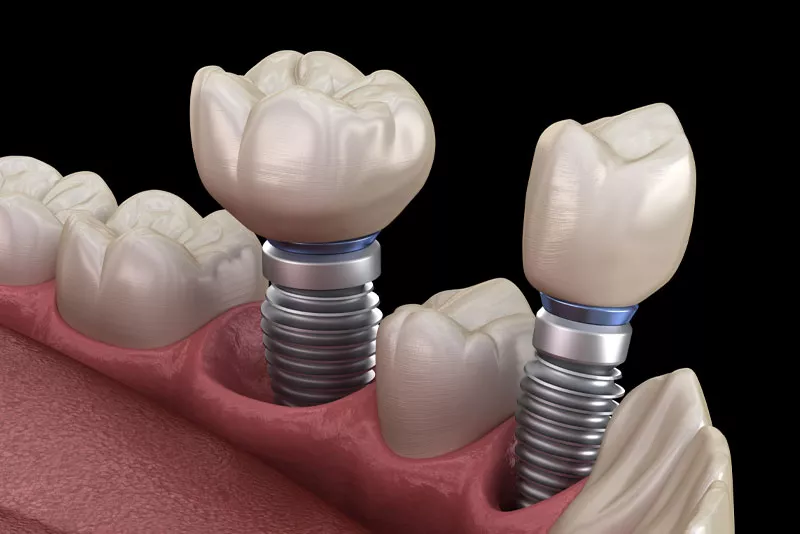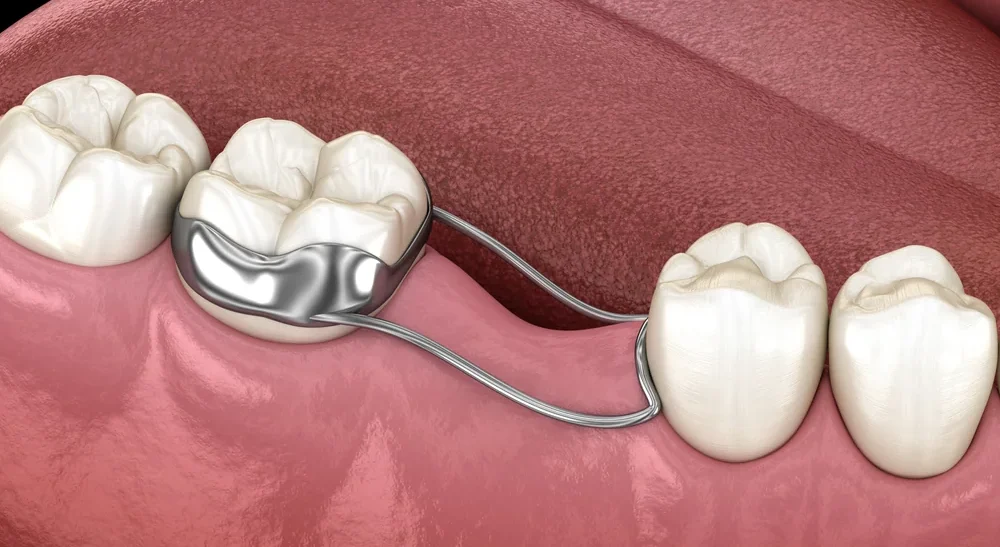
As parents, we are committed to ensuring the well-being and happiness of our children, and that includes taking care of their oral health. If you are considering orthodontic treatment for your child, your dentist or orthodontist may have mentioned the use of “tooth spacers”, or “space maintainer”.
A tooth spacer is a small device commonly used during orthodontic treatment to create space between teeth and allow for the placement of bracers or other orthodontic appliances.
In the rest of this article, we will explore the world of tooth spacers and explain the role they play in your child’s journey to a healthy and beautiful smile. We will discuss the reasons why orthodontists recommend spacers, how they work, and what you can expect during the process. So, if you’ve been wondering whether tooth spacers are a necessary part of your child’s dental care, read on to get all the answers you need.
How Tooth Spacers Work?
Tooth spacers is mostly used before the start of a child’s orthodontic treatment to create space between teeth. This is largely due to the fact that most orthodontic appliances require space, and a child’s mouth often do not have sufficient room to install the appliance.
The spacers, which are made of metal, are placed between the teeth. They work by gradually pushing the teeth apart, which creates the necessary space for bands to be placed around the teeth. Bands are metal rings that fit around the molars and are used to anchor specific orthodontic appliances.
By pushing the teeth apart, orthodontist are able to install orthodontic appliances and initiate the teeth alignment process. Without sufficient space between the teeth, the bands may not fit properly, which can compromise the effectiveness of an orthodontic treatment.
In some cases, tooth spacers may also be used to correct specific orthodontic issues, such as crowding or crooked teeth. For instance, when a child loses its baby (primary) tooth prematurely, the gap left by the fallen tooth may be taken over by adjacent teeth shifting into the space. By creating space between the teeth, tooth spacers can help to align the teeth and improve their position. Without it, growth of the permanent, adult tooth may be affected as the space is now occupied by adjacent teeth.
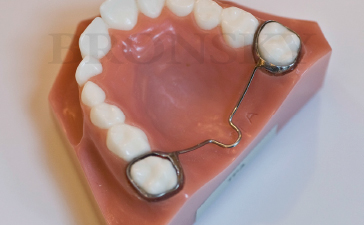
There are namely two types of tooth spacer: removable, and fixed. The latter is recommended for children who require tooth spacer as it cannot be removed at will.
Fixed tooth spacers can be further divided into the following:
- Lingual arch spacer: A lingual arch is used when multiple teeth are missing on the lower arch. It consists of a metal wire that connects the two molars on either side of the lower jaw, running along the inside (lingual) surfaces of the teeth.
- Transpalatal Arch Spacer: The transpalatal arch is similar to the lingual arch but is used for the upper arch. It connects the molars on both sides of the upper jaw, running across the roof of the mouth (palate)
- Band and Loop Spacer: The band-and-loop maintainer consists of a metal band that wraps around an adjacent tooth and a wire loop that extends into the space left by the missing tooth, preventing other teeth from shifting.
- Distal Shoe Spacer: The distal shoe is used when a primary molar is lost, and the permanent molar has not yet erupted. It consists of a metal band around an adjacent tooth and a metal plate that extends beneath the gumline to maintain space for the unerupted molar.
Each type of space maintainer has its specific indications and applications. A dentist or orthodontist will determine the most appropriate space maintainer for a child based on factors such as the location of the missing tooth, the child’s age, and the estimated time until the permanent tooth is ready to erupt.
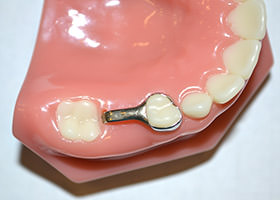
Are Tooth Spacers Painful?
Yes, tooth spacers can be painful to a certain extent as they are designed to push your teeth apart. Most patients will experience pressure or tightness between the teeth; some may experience soreness in the gums or teeth. However, the pain experienced is mild and temporary.
Proper care of tooth spacers is important as it can help to minimize discomfort. During the period when the tooth spacers are used, hard, crunchy, or sticky food should be avoided as it can dislodge or damage the spacers.
The pain typically subsides after the first few days of installation. If your child is experiencing severe pain, you should contact your dentist or orthodontist right away, as this could be a sign of a dental problem.
Are Tooth Spacers Necessary?
Tooth spacers are not necessary for all cases. If the dentist or orthodontist have determined that the permanent teeth is about to erupt and replace the lost baby tooth, a spacer is not needed.
A tooth spacer is also not required if the child is unwilling to or unable to receive a tooth spacer. During the installation of the tooth spacer, some children may have difficulty cooperating and agreeing to having a metal device installed in their tooth. On the other hand, some children may be suffering from a health condition that prevents them from installing the tooth spacer.
How Much Do Tooth Spacer Cost?
The cost of tooth spacers can vary depending on several factors, such as the type of spacer used, the orthodontist’s or dentist’s fees, and the region where you live. Generally, tooth spacers are relatively affordable compared to other orthodontic appliances.
In general, the cost of a tooth spacer range from $200 to $500 USD, again depending on the factors mentioned above. In the event that a tooth spacer is required for an orthodontic treatment, the cost of the tooth spacer may be waived by the dental clinic.
To determine the exact cost of tooth spacers for your child’s situation, it is best to consult with your orthodontist or dentist. They can provide you with a detailed cost estimate and help you understand what to expect in terms of pricing.
Takeaway
Understanding the importance of tooth spacers and their role in your child’s dental health journey can provide peace of mind as they navigate the world of orthodontic treatment.
Tooth spacers, although potentially causing some temporary discomfort, are essential for creating space between teeth to accommodate braces, expanders, or other orthodontic appliances. They also help to alleviate dental crowding, facilitate proper alignment of teeth, and improve oral hygiene.
As a parent, it is crucial to maintain open communication with your child’s orthodontist or dentist, ensuring that you understand the treatment plan and are well-informed about the various aspects of their dental care. Last but not least, support your child during the process by providing reassurance, encouragement, and appropriate pain management options if necessary.
